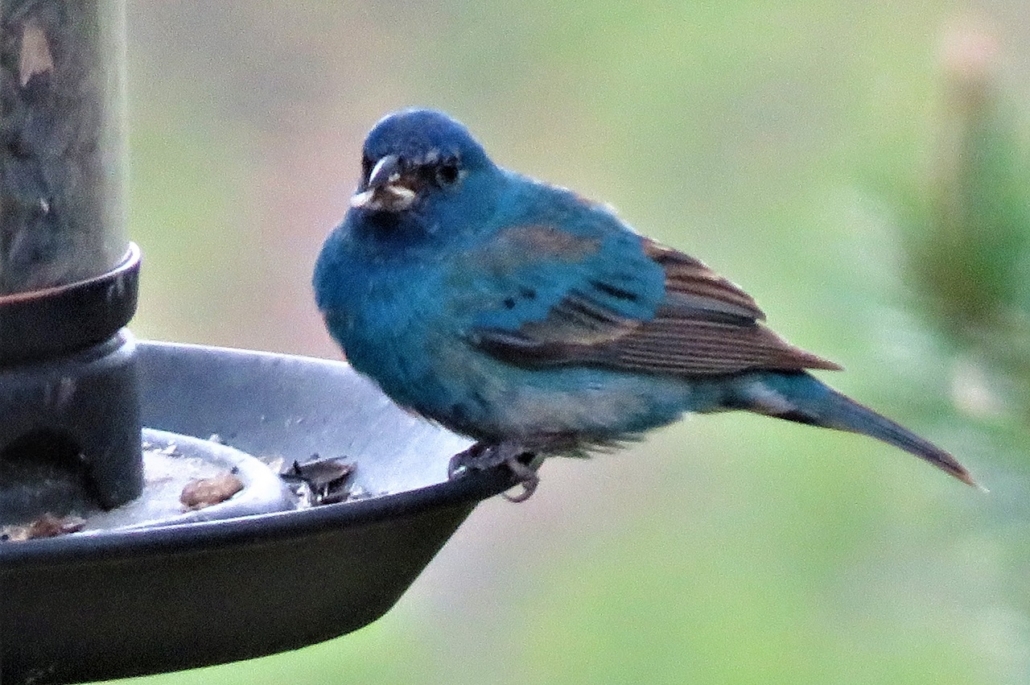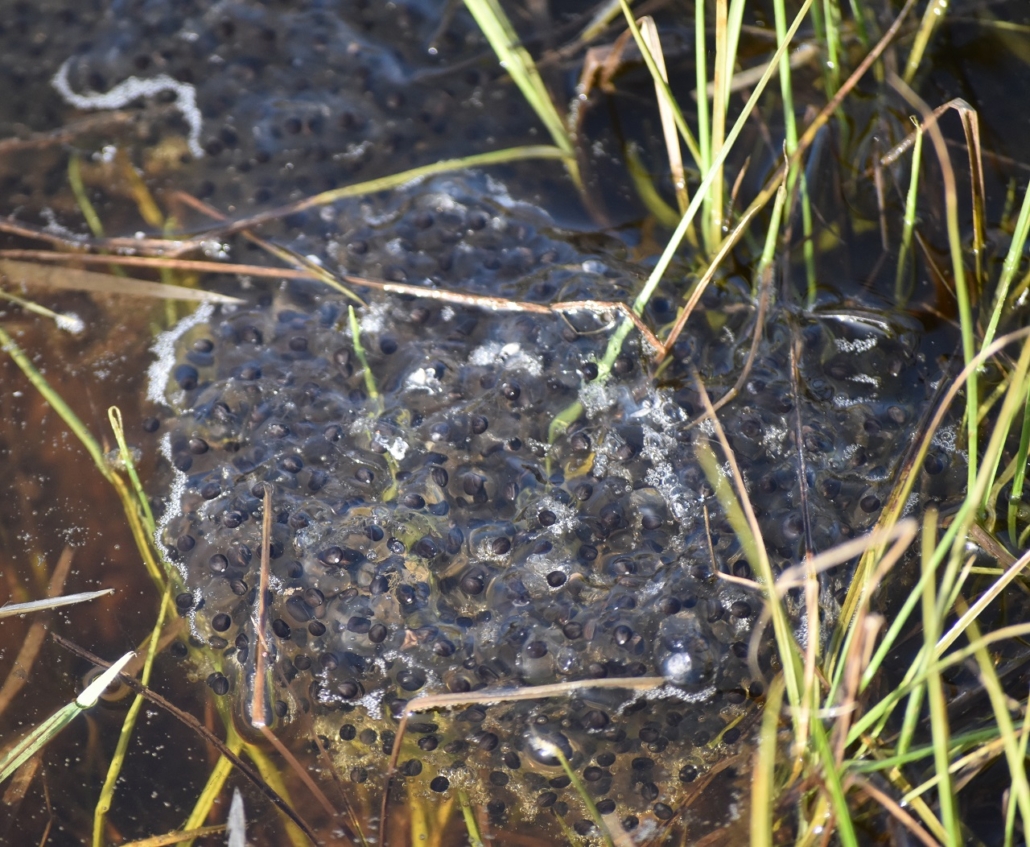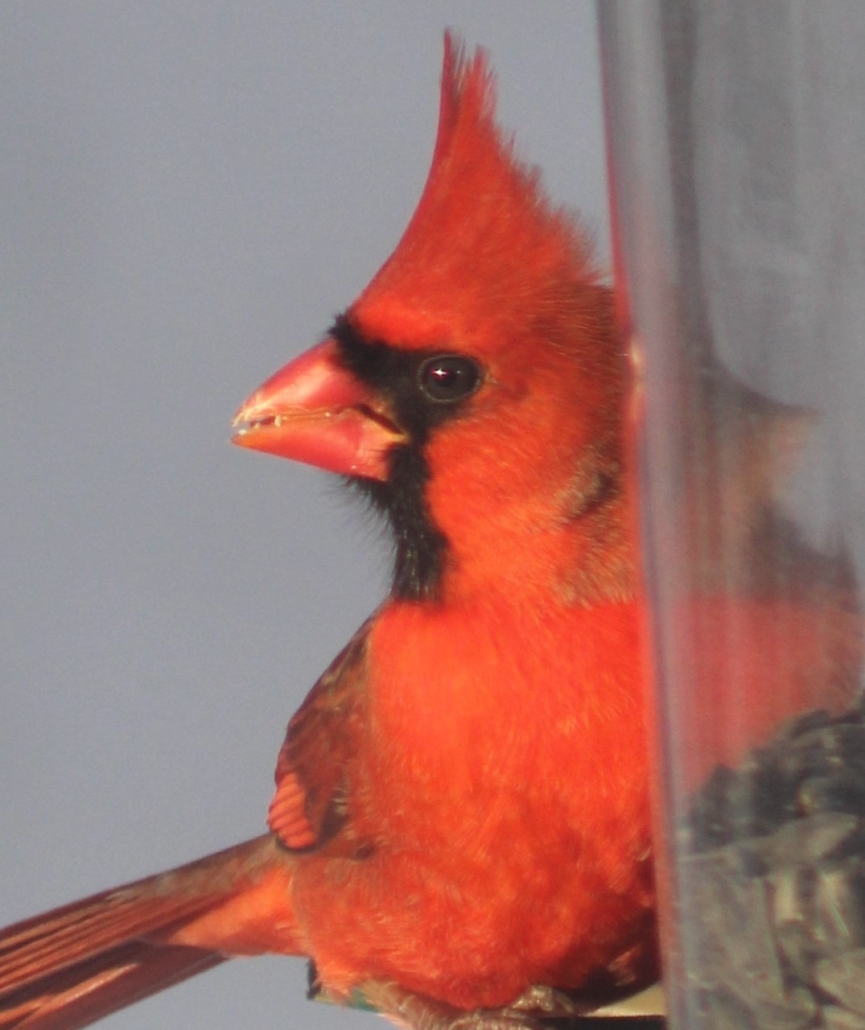FOR YOUR HEALTH: Keeping Your Kids Covered Finding Health Insurance Post-Graduation
(NAPSI)—When your children graduate, there are two things you should know. First, congratulations. Second, consider their health insurance needs. Perhaps this is the last thing you ask yourself but it may be among the most significant. About one in five people in their 20s do not have health insurance, according to recent studies. However, one unexpected illness or accident could have long-lasting health and financial consequences.
“Choosing the right health coverage for your child may seem difficult as many people have never shopped for their own health insurance or worry they cannot afford it,” said Mark Smith, president of HealthMarkets Insurance Agency, one of the largest health insurance agencies in the United States. “A wide range of coverage options are available to meet your child’s unique care needs and financial situation post-graduation.”
And now is the time to start. Many colleges and universities require undergraduate and graduate students to have health care coverage while enrolled. While some may have coverage under parents’ health insurance, others choose health plans offered by health insurers through the school. Students have until their plan expiration dates, which vary by plan, to enroll in new ones. So “Step One,” know when that is.
Health Care Coverage Guidance and Enrollment Support
Families can find support through health care marketplaces, insurance carriers, insurance brokers and other licensed insurance agents to help determine what plan is best for them.
For example, GetCovered, powered by HealthMarkets, is a free service that provides guidance for people who need health coverage. Call (877) 650-1065 or visit www.getcovered.com/graduate to get started. Working with licensed insurance agents, individuals can learn what they are eligible for that best meets their needs. Agents can also help them enroll in these plans, where they are able.
Questions to Ask
To find the right coverage, it’s important to know what’s available, what to ask and what information is needed to enroll. To narrow the options, know:
•When your child’s current coverage ends?
•Is coverage under my plan an option? Under the Affordable Care Act’s “Age 26” rule, parents and guardians may maintain or add their children to their plans until their 26th birthday or another date that year, if you are enrolled, and additional premiums are paid. Go to https://www.hhs.gov/healthcare/about-the-aca/young-adult-coverage. Also, be sure to check state regulations as some have extended eligibility beyond age 26.
•What benefits does my child need or want?
•What can we afford? Think about what portion of his or her monthly budget can be used for health coverage or other insurance. Young adults may be eligible for additional options based on their specific financial situation.
Health Coverage Options
If coverage under the “Age 26” rule is not an option, consider:
•Medicaid/Medicare—While Medicare coverage is primarily available to individuals over age 65, Medicaid eligibility is based on income, disability, and other circumstances.
•Individual exchange/marketplace plans—These ACA plans are available through federal or (Affordable Care Act) state enrollment sites. Based on income, your graduate may be eligible for plan subsidies—making one of these plans more affordable. Graduation would be a “qualifying life event” to enroll in an ACA plan outside of the annual Open Enrollment Period.
•Short-term plans—Short-term limited duration insurance plans provide temporary coverage to bridge the gap between longer-term insurance coverage. These plans have a fixed duration of a few months to even several years and offer different levels of coverage than ACA plans.
“Health coverage decisions can be made simpler—and there are resources to help,” Smith said. “Whether your family chooses to do its own research and enrollment or engage outside services, determining what your graduate may need and can afford will help you find health coverage that ensures your child has access to care now.”























